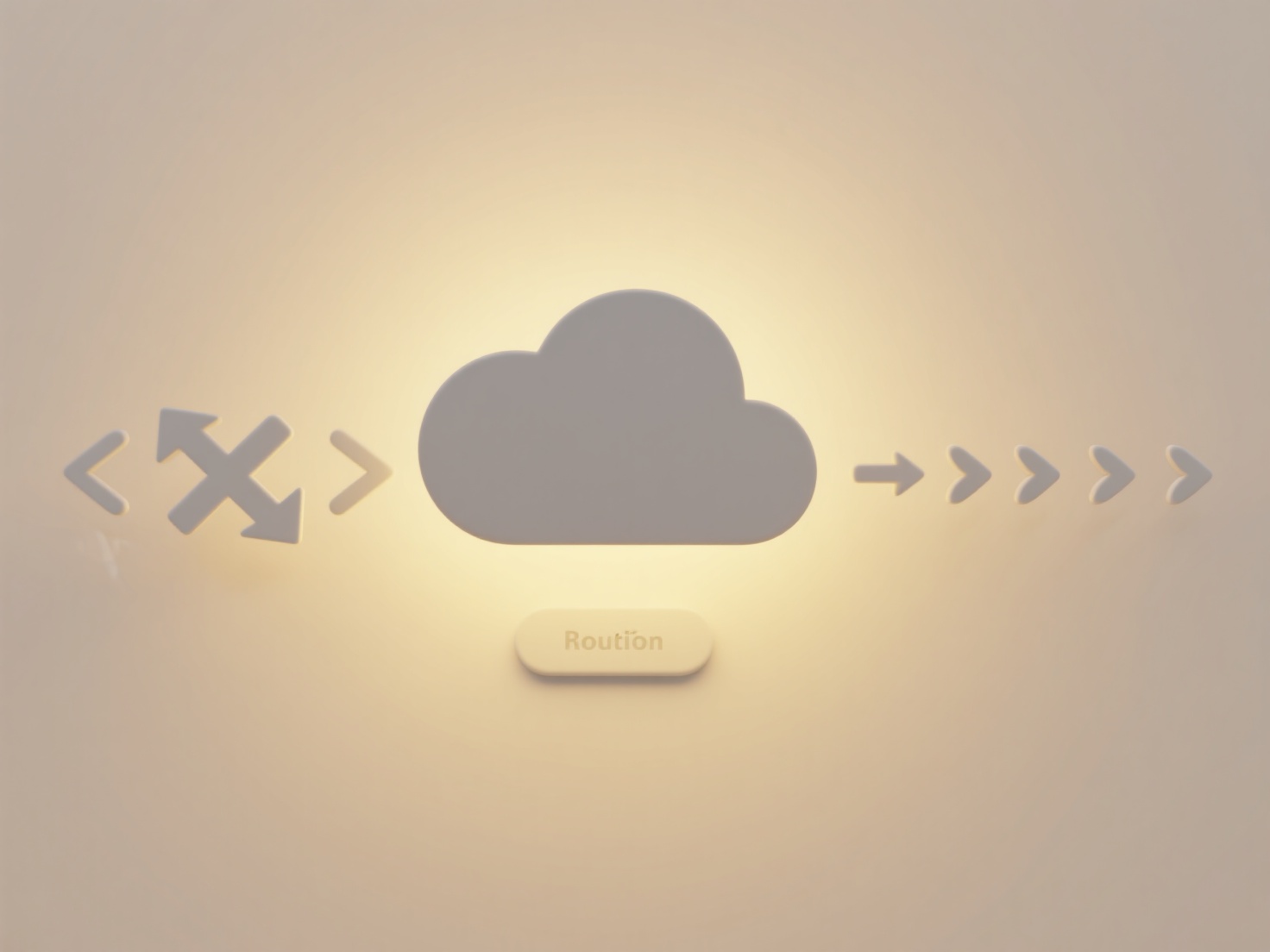
A PSD (Photoshop Document) file is the default file format used by Adobe Photoshop. It uniquely preserves all the editable layers, transparency, text, vector shapes, and effects created within the software. This distinguishes it fundamentally from final image formats like JPEG or PNG, which are typically "flattened" (all layers merged together) and offer limited editability.

PSD files are essential for professional image editing and digital art workflows. Graphic designers and photographers use PSDs extensively during projects to maintain non-destructive editing capabilities, allowing them to easily modify individual elements like text or layer styles long after initial creation. Web and UI/UX designers also rely heavily on PSDs for creating complex website layouts, interface mockups, and app screens because they can share the layered file with developers or other designers.
The key advantage of PSDs is their comprehensive editability within the Photoshop ecosystem, making them indispensable for creative projects. However, their significant disadvantages include large file sizes and limited compatibility outside Adobe software; many other applications cannot properly interpret layered PSD data, necessitating export to more universal formats for sharing final assets. Their proprietary nature also ties users heavily to Adobe Photoshop and Creative Cloud.
What is a .psd file?
A PSD (Photoshop Document) file is the default file format used by Adobe Photoshop. It uniquely preserves all the editable layers, transparency, text, vector shapes, and effects created within the software. This distinguishes it fundamentally from final image formats like JPEG or PNG, which are typically "flattened" (all layers merged together) and offer limited editability.

PSD files are essential for professional image editing and digital art workflows. Graphic designers and photographers use PSDs extensively during projects to maintain non-destructive editing capabilities, allowing them to easily modify individual elements like text or layer styles long after initial creation. Web and UI/UX designers also rely heavily on PSDs for creating complex website layouts, interface mockups, and app screens because they can share the layered file with developers or other designers.
The key advantage of PSDs is their comprehensive editability within the Photoshop ecosystem, making them indispensable for creative projects. However, their significant disadvantages include large file sizes and limited compatibility outside Adobe software; many other applications cannot properly interpret layered PSD data, necessitating export to more universal formats for sharing final assets. Their proprietary nature also ties users heavily to Adobe Photoshop and Creative Cloud.
Quick Article Links
Can I combine folder structure with file naming for better clarity?
Can I combine folder structure with file naming for better clarity? Combining folder structures with consistent file n...
How do I implement least privilege for file sharing?
Least privilege for file sharing means granting users only the specific access needed to perform their tasks—like read, ...
How do permissions affect file searchability?
File permissions determine which users or groups can find, access, and interact with files and folders within a system. ...